Want to be in the loop?
subscribe to
our notification
Business News
TEXTILE AND GARMENTS LIKELY TO HIT $40B IN EXPORTS THIS YEAR
Việt Nam’s textile and garment industry was likely to reach its target of US$40 billion in export turnover this year despite facing difficulties in some markets.
The statement was made by Cao Hữu Hiếu, managing director of the Việt Nam National Garment and Textile Group (Vinatex) after the industry reported export earnings of $29.3 billion in the first nine months of the year.
Hiếu said the result was due to the industry's efforts to overcome difficult global economic conditions. To achieve this figure, solutions had been implemented synchronously to remove difficulties, especially input prices which had dropped sharply due to the impacts of the trade war.
“After a quiet period, the fibre sector has started to prosper. Customers are showing more interest in it while the price has also recovered. We hope the market will correct itself over the next year and return to the highs seen in 2016-17,” Hiếu said.
With new-generation free trade agreements (FTAs) such as the Comprehensive and Progressive Agreement for Trans-Pacific Partnership (CPTPP) and the EU-Việt Nam free trade agreement (EVFTA) which took effect this year, Vietnamese businesses will need to make efforts to take advantage of the preferences they offer.
Technology application is seen as a key factor to helping Việt Nam’s textile and garment industry to promote its business and expand its markets.
According to Hiếu, many Vinatex firms had invested in automatic cutting and spreading machines to replace workers, and in 3D design. Meanwhile, yarn and dyeing were also under pressure from the fast development of technology.
He said in the fashion industry, creativity was very important, so there are stages that machinery cannot replace humans. “A Vinatex survey of about 150 enterprises showed that employment opportunities within the industry over the next 10 years would still be high.”
“The domestic market is expected to earn $9 billion this year, so it's a massive sector. Besides, top global brands have already invested here, and Japan's Uniqlo will be arriving in 2020,” Hiếu said.
Under such pressure, he said the industry needed to find its own path for Vietnamese fashion to reach the domestic market
“Vinatex is focusing on Vietnamese designs with materials suitable for Vietnamese people and the industry, ensuring quality and reasonable prices and increasing competitiveness,” he added.
Many businesses have set up e-commerce systems deals or invested in their own online sales services to increase domestic market share.
Việt Tiến Company has invested in a fashion design centre, while Đức Giang Corporation has focused on building and developing its own brands such as Paul Downer, HeraDG and Forever Young.
Other enterprises such as Nhà Bè and May 10 are also offering fashionable products in various styles and categories to meet diverse consumption needs, ensuring quality and design to follow international trends.
According to economic experts, Việt Nam’s accession to a series of FTAs had increased the openness of the domestic market by 200 per cent. Along with efforts to improve domestic market share, authorities needed to create favourable conditions for enterprises to restructure, especially when it came to raising capital, expanding production, and improving technology and management to compete with foreign brands.
Source: VNS
Related News
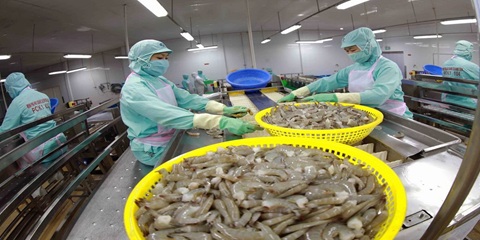
VIETNAM’S SEAFOOD EXPORTS HIT OVER US$10 BILLION IN JAN-NOV
Seafood export revenue in November alone amounted to nearly US$990 million, up 6.6% year-on-year. Key product groups posted solid gains. Shrimp exports rose 11.7% to over US$385 million, supported by strong demand for whiteleg shrimp and lobster. Tra fish shipments increased 9.7% to almost US$197 million, while marine fish, squid, and mollusk exports maintained their recovery.
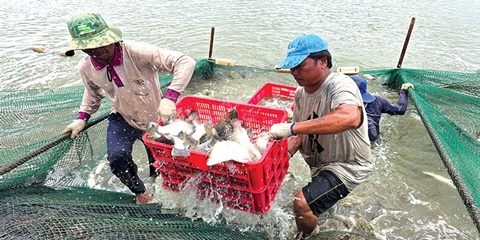
VIETNAM’S AGRO-FORESTRY-FISHERY EXPORTS HIT NEW RECORD IN JAN-NOV
Vietnam’s agro-forestry-fishery export revenue reached an estimated US$64.01 billion in the first 11 months of 2025, up 12.6% year-on-year and surpassing the full-year record of US$62.4 billion set in 2024. Agricultural exports reached US$34.24 billion, up 15% year-on-year, while livestock products brought in US$567.4 million, a 16.8% increase. Seafood exports rose 13.2% to US$10.38 billion, and forestry products earned US$16.61 billion, up 5.9%.

HANOI REPORTS RECORD-HIGH BUDGET REVENUE IN 2025
Hanoi’s budget revenue is estimated to reach VND641.7 trillion in 2025, the highest level ever recorded and nearly 25% above the revised target, according to a report by the municipal government. Data from the city’s socioeconomic performance review shows that total state budget collections in 2025 are projected to reach 124.9% of the adjusted plan and rise 24.9% from 2024, the Vietnam News Agency reported.
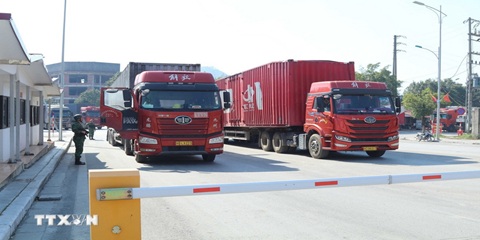
VIETNAM, CHINA TO PILOT TWO-WAY CARGO TRANSPORT AT LANG SON BORDER
Vietnam and China will launch a one-year pilot program on December 10 to allow two-way cargo transport through the Huu Nghi–Youyi Guan international border gates in Lang Son Province, reported the Vietnam News Agency. The Dong Dang-Lang Son Economic Zone Management Board said the trial aims to reduce transport costs and improve customs clearance capacity.
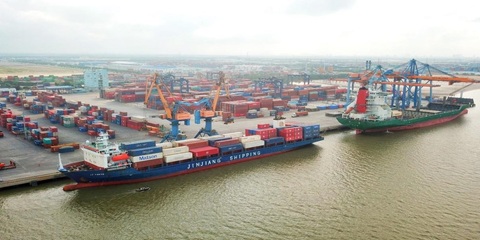
VIETNAM’S IMPORT-EXPORT VALUE NEARS US$840 BILLION IN JAN-NOV
The total value of Vietnam’s imports and exports was nearly US$840 billion between January and November this year, the highest level ever recorded, according to the National Statistics Office. In its latest report on the country’s socio-economic performance, the National Statistics Office highlighted a series of positive economic indicators, with trade emerging as one of the strongest drivers of growth.
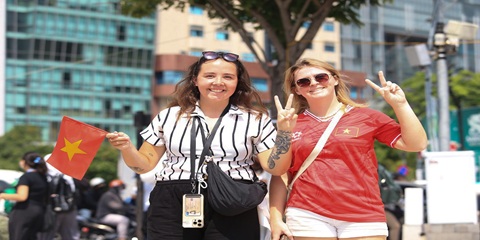
OVER 19 MILLION INTERNATIONAL VISITORS COME TO VIETNAM IN JAN-NOV
Vietnam received more than 19.1 million international visitors in the first 11 months of 2025, a 20.9% increase year-on-year and the highest level ever recorded, according to the National Statistics Office. The figure surpasses the full-year record of 18 million arrivals set in 2019, before the Covid-19 pandemic. Nearly two million foreign visitors arrived in November alone, up 14.2% from October and 15.6% from the same period last year.
























